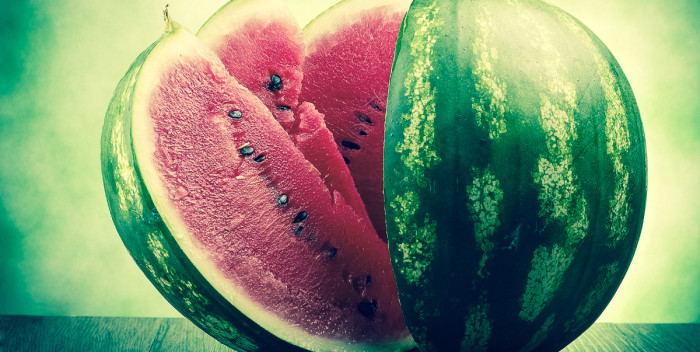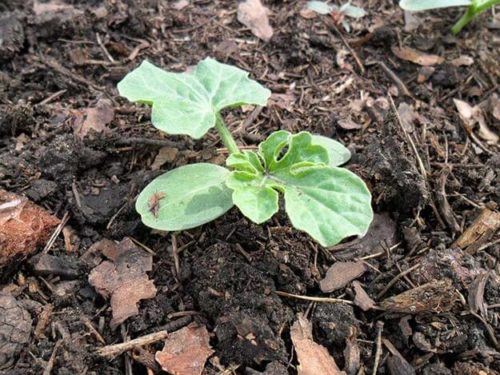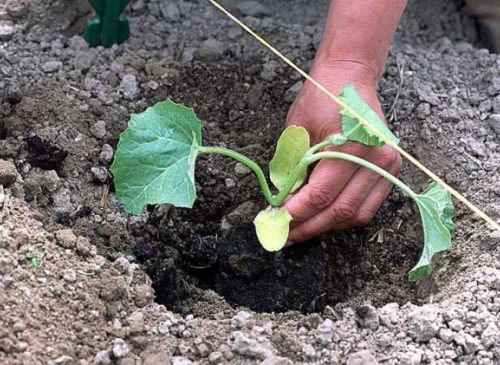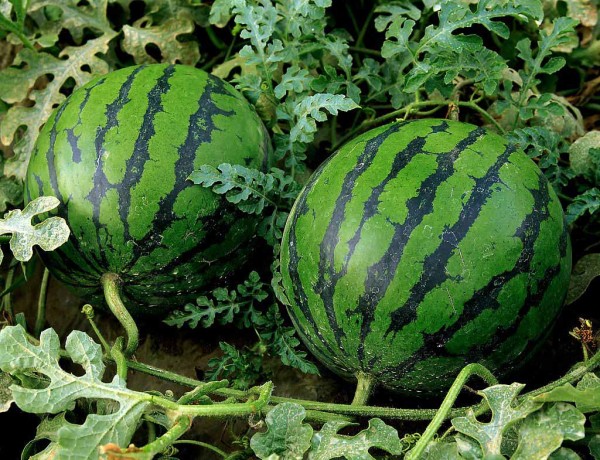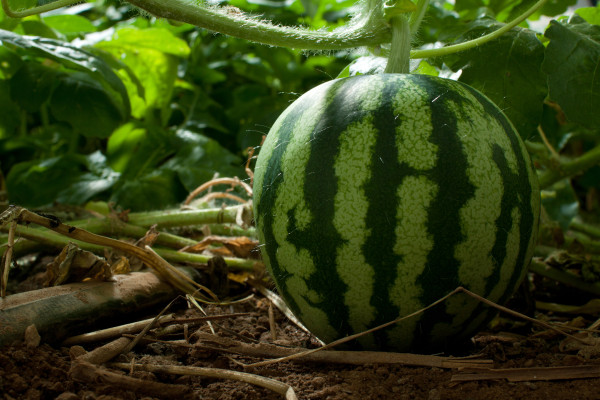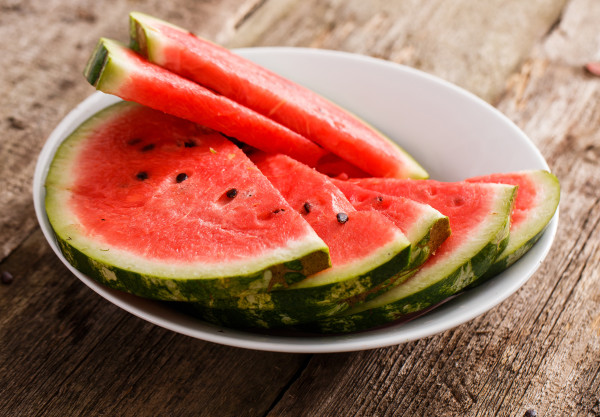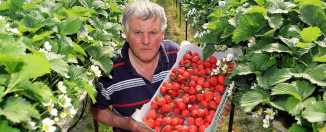How to grow a watermelon
One of the most beloved berries in our country since childhood is watermelon. Sweet and juicy watermelons are not only tasty, but also healthy. Now they are grown not only in the south, but also in our country. There are even varieties adapted to the harsh Siberian climate.
Content
Watermelon varieties
In the climate of the middle zone, it is necessary that the sweet berry ripens quickly. Solving this problem, breeders have brought out several varieties, characterized by an early ripening period and excellent taste:
- Watermelon Siberian Lights ripens in just 80 days after planting. The berry has a thin dark green skin with small stripes. The pulp of this variety is porous, sweet, light red. This watermelon can be grown in a greenhouse or outdoors.
- Watermelon Ultra early also has a ripening period of about 80 days. Compared to the previous variety, Ultra-early tolerates temperature fluctuations better. Its pulp is very sweet with medium-sized black seeds.
- Watermelon Chill can be consumed 75 days after planting. The berries are round in shape with a rich green hue without clearly visible stripes. This watermelon has a juicy scarlet pulp with light seeds. On average, the weight of one watermelon of this variety is about 5 kg.
- Astrakhan watermelons ripen in just 45 days after the sprouts hatch. The fruits of this variety are round in shape with a thick peel without stripes. The shade of the pulp is dark red with large black seeds.
- Watermelon Spark is distinguished by a very short ripening period and a small size of ripe fruits. This variety perfectly adapts to growing conditions and does not require careful maintenance. The berry has a round shape with a dark green peel without stripes. Its pulp is juicy and with a sweetish aftertaste.
Planting a watermelon
Depending on the region and climatic conditions, watermelons can be plant seed or seedling method. If you live in a region with a warm climate, then watermelons can be immediately planted under the open sky. No preliminary preparation is needed in this case.
After the ground warms up to +13 degrees, you can sow seeds. They can be pre-soaked for germination. In the area where you plan to grow watermelons, make holes of a small size and a depth of about 10 cm. Observe a 1 meter gap between the holes. Put a small spoonful of ammophoska and a large spoonful of ash in each hole, then put the seeds and cover with earth on top. In two weeks the sprouts will hatch.
If you want to harvest watermelons faster or live in colder climates, then use the seedling method. It is necessary to plant seeds for seedlings in the middle of spring. Take a mixture of peat, turf and fine sand as the soil. Add fertilizer to it and fill the planting containers with this soil. Then plant the seeds in containers and keep them at a temperature of +28 degrees.
Regularly water seedlings under the root, if necessary, then arrange additional lighting. A couple of weeks before the scheduled disembarkation date, start hardening the seedlings by taking the boxes out into the open air for a couple of hours.
Before planting seedlings, dig up the area, make holes in a checkerboard pattern at a distance of at least a meter from each other. Plant the seedlings in the holes, compact the soil and water.
Watermelon care
Growing watermelons requires attention and especially careful attitude, especially at the initial stage. After planting seedlings or the appearance of the first shoots, you need to cover the plants from unfavorable conditions: frost or too active sun with a special covering material or film. It is imperative to cut the weeds on time.
A month after the emergence of sprouts, the upper part of the bush is pinched and weak lashes are pulled out. You need to leave 3 or 4 lashes. Watermelons don't need frequent watering. It is optimal to water the plants every week, pouring about 7 liters of moisture onto one bush. When there are 2 weeks left before the planned harvest date, watering should be stopped so that the berries are sweeter. To prevent rotting watermelons, you can put a plastic mat under them. Flip the watermelons in the garden occasionally.
Feeding watermelons
Realize top dressing watermelons need, focusing on their condition. On average, fertilizers should be applied according to the following scheme:
- During planting, a mixture of phosphorus, potash and nitrogen fertilizers is applied in a ratio of 3: 1: 1.
- During the period of seedling growth, which takes about a month, you need to make two mineral dressings.
- For the first time, fertilizers are applied during the period of appearance of 3 leaves, and the second time it is done after a week.
- During planting of seedlings, organic fertilizers are placed in a permanent place in the holes.
- A week after planting, the plants are watered with a solution of nitrogen fertilizers. After a couple of weeks, the procedure is repeated.
How many watermelons grow
The ripening time of a watermelon is usually counted from the moment the first shoots are pecked. This time will be different for each variety. On average, early varieties ripen in 80 days, mid-ripening takes 100 days, and late-ripening takes 120 days to fully ripen.
About one third of the allotted time from the date of germination, the whip grows, flowering and fruit setting occurs. For the same time, watermelons grow and increase in size. The last third is spent on ripening the berries. At this time, they are poured, and the rind becomes shiny.
